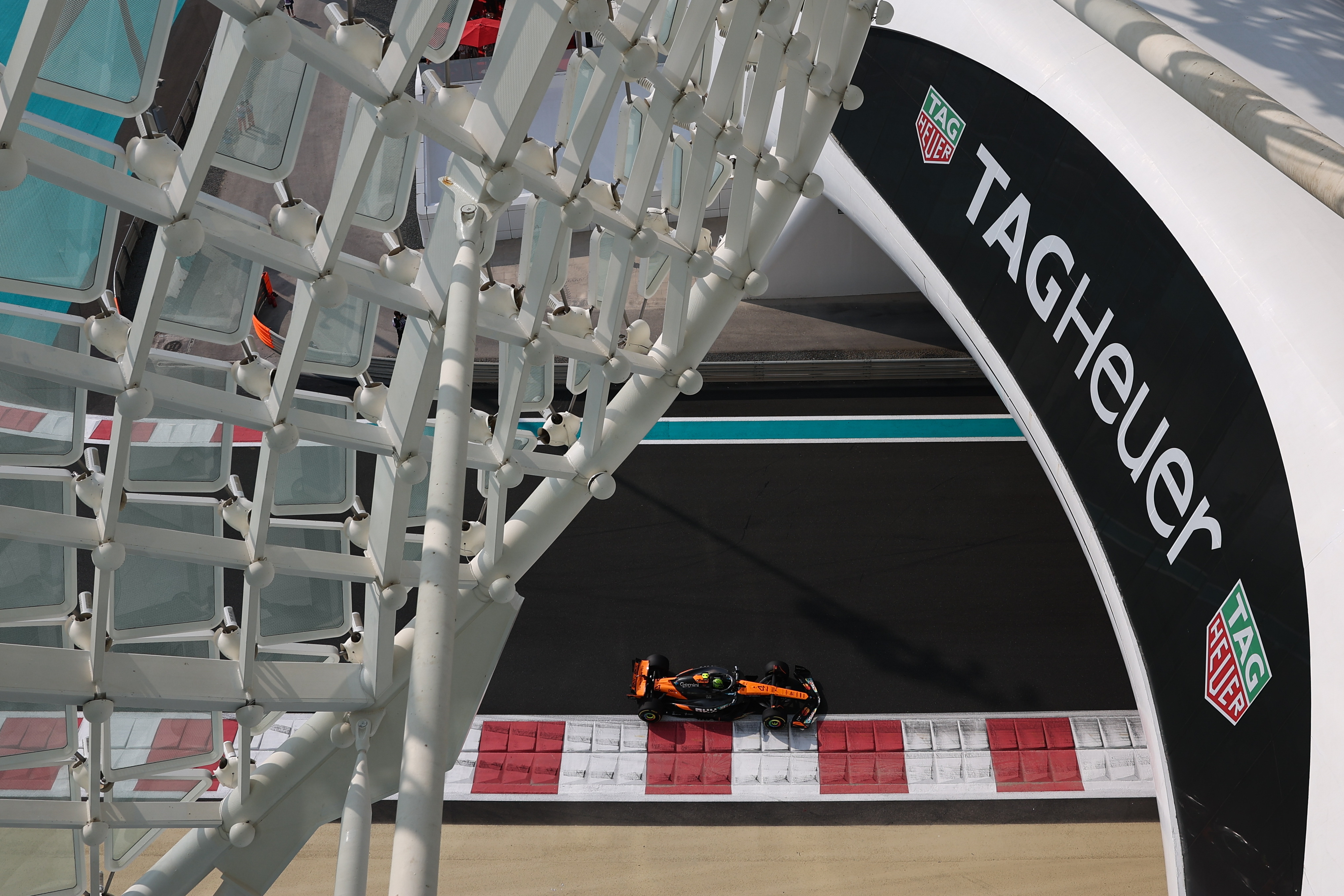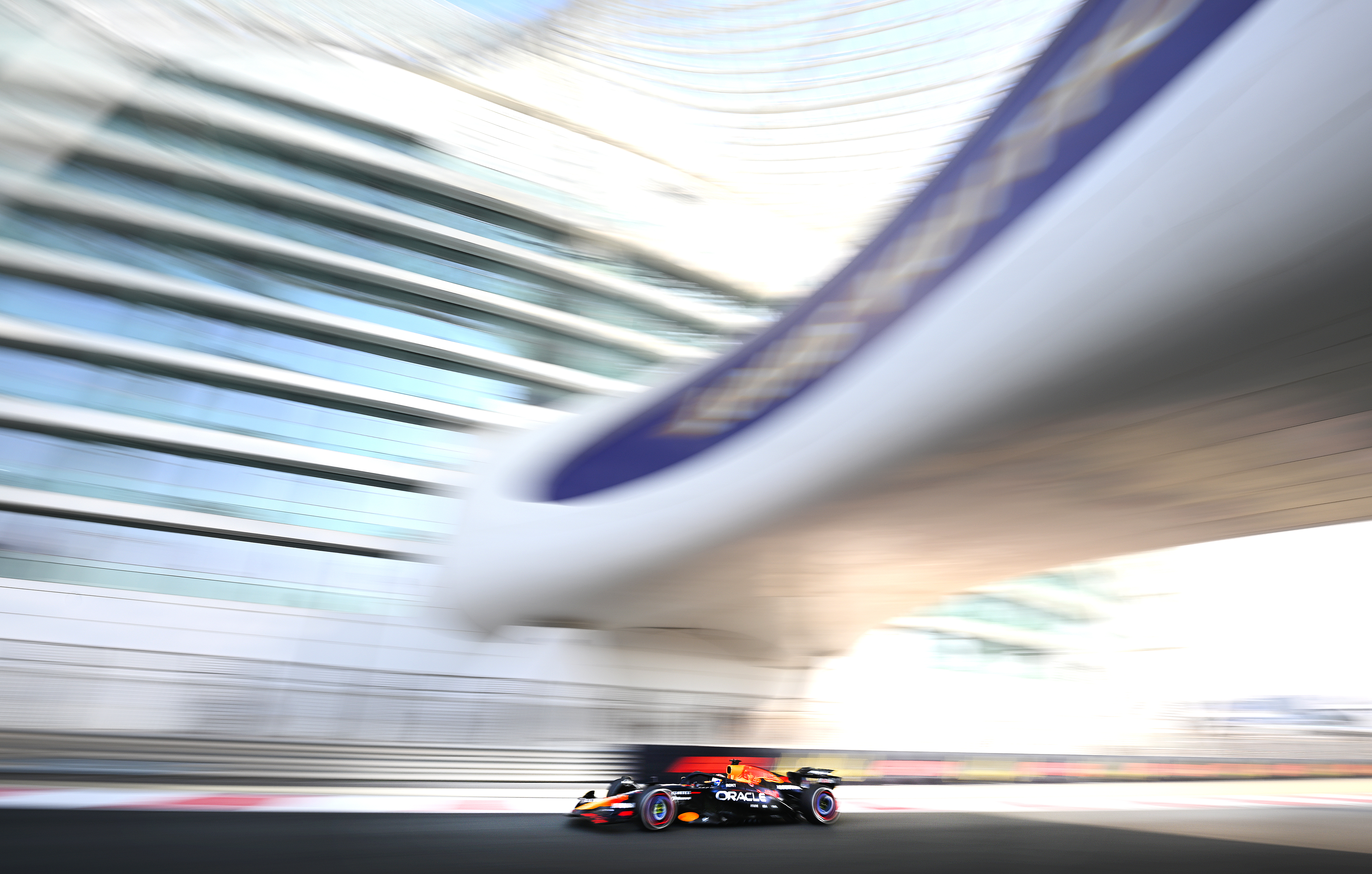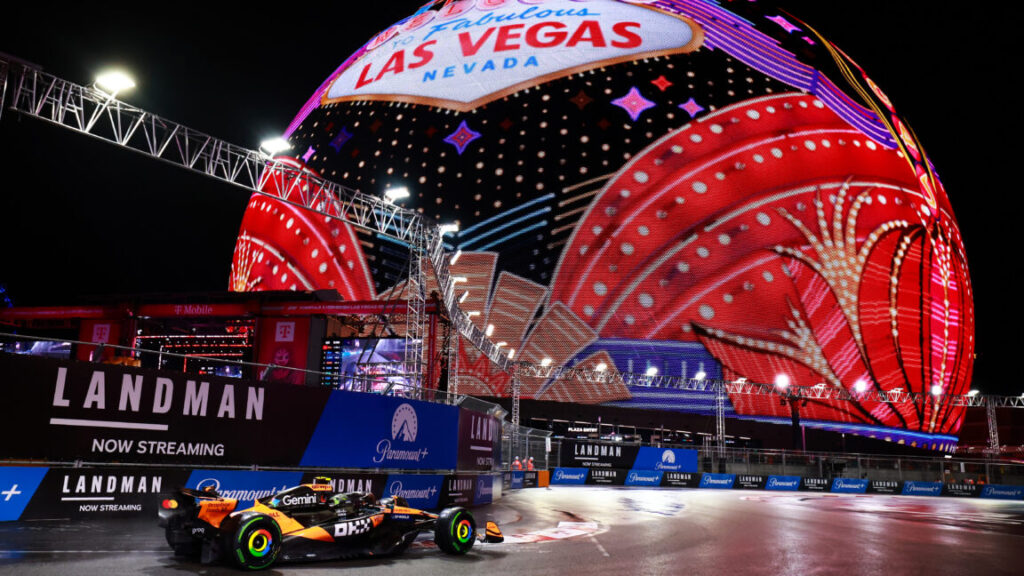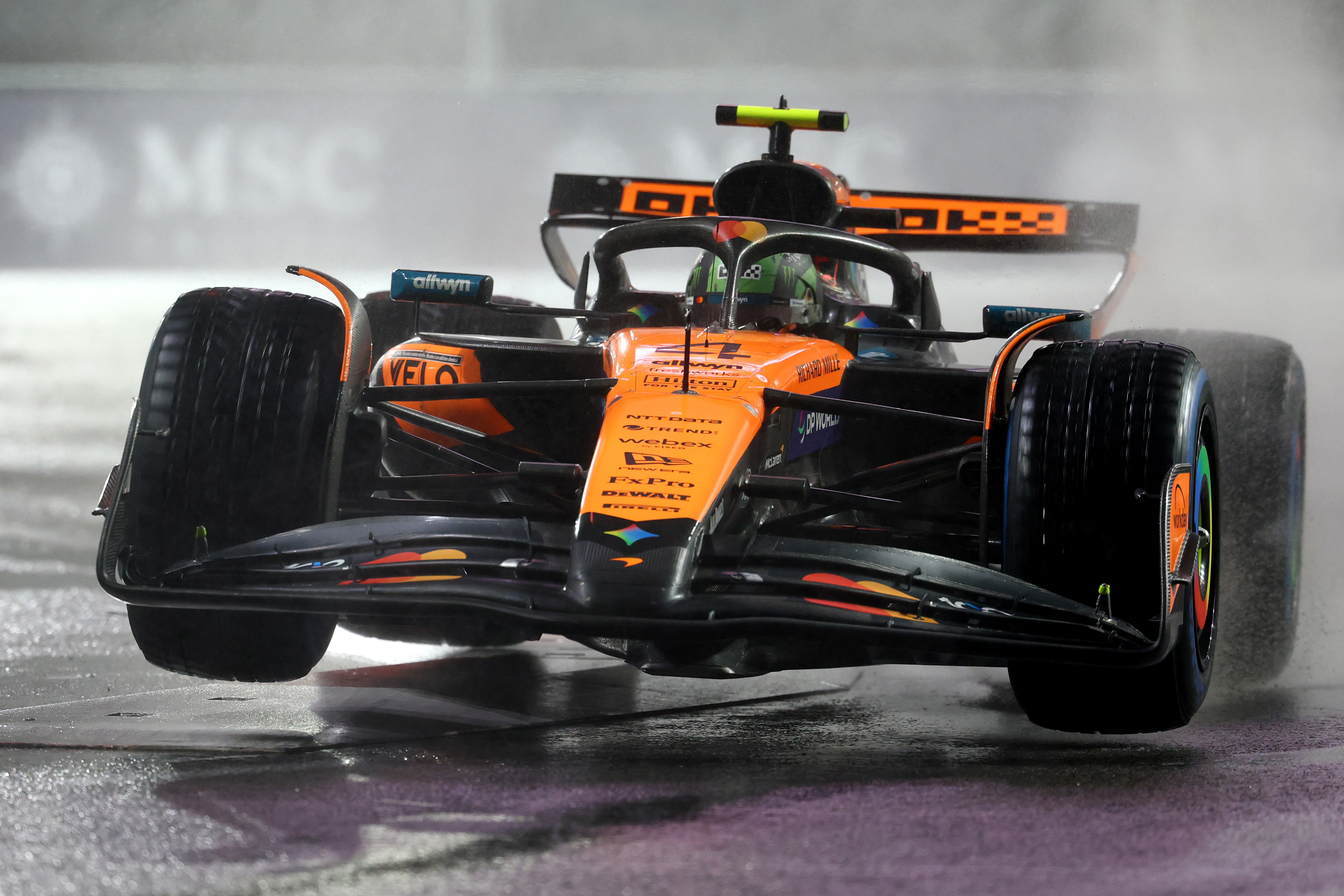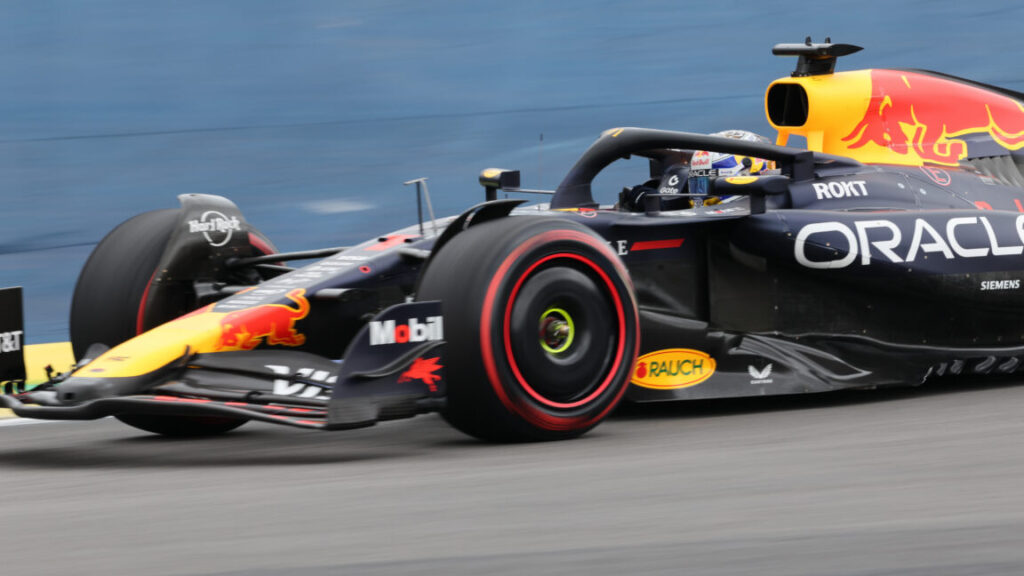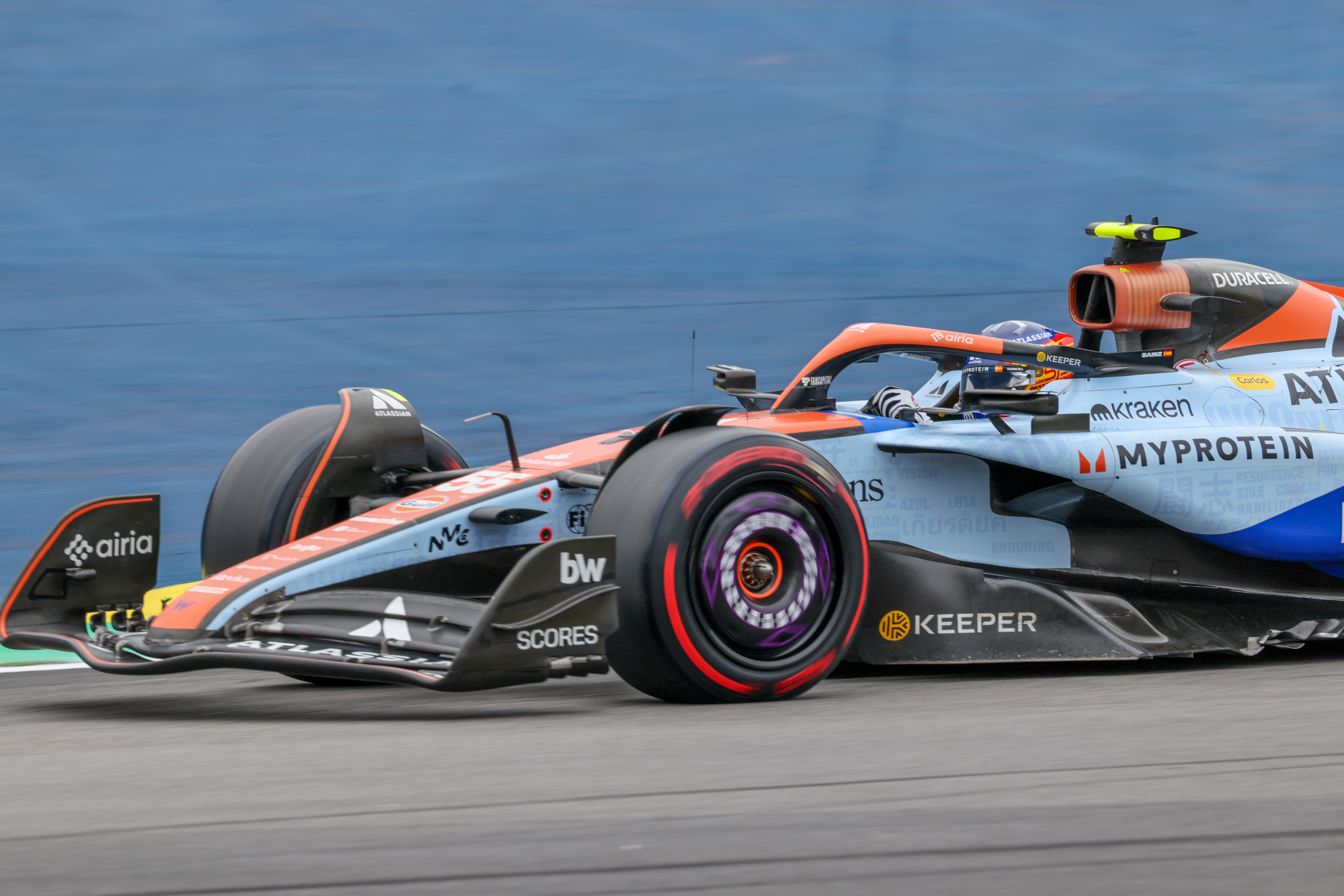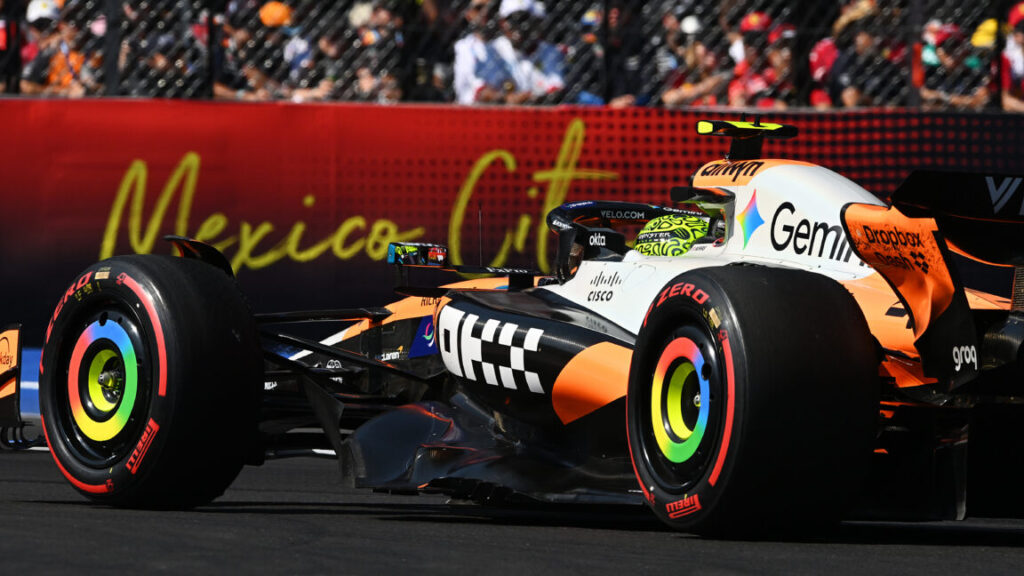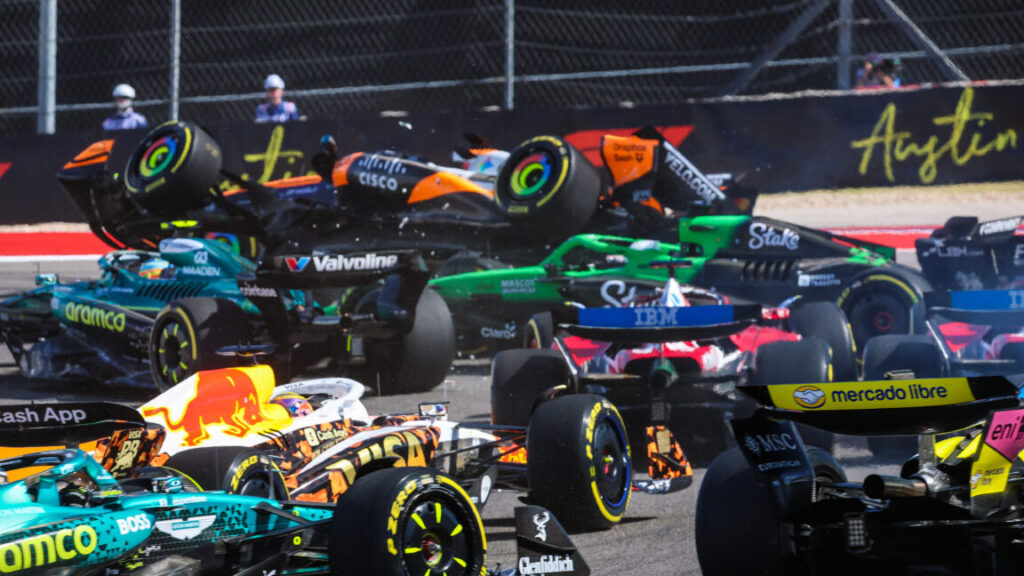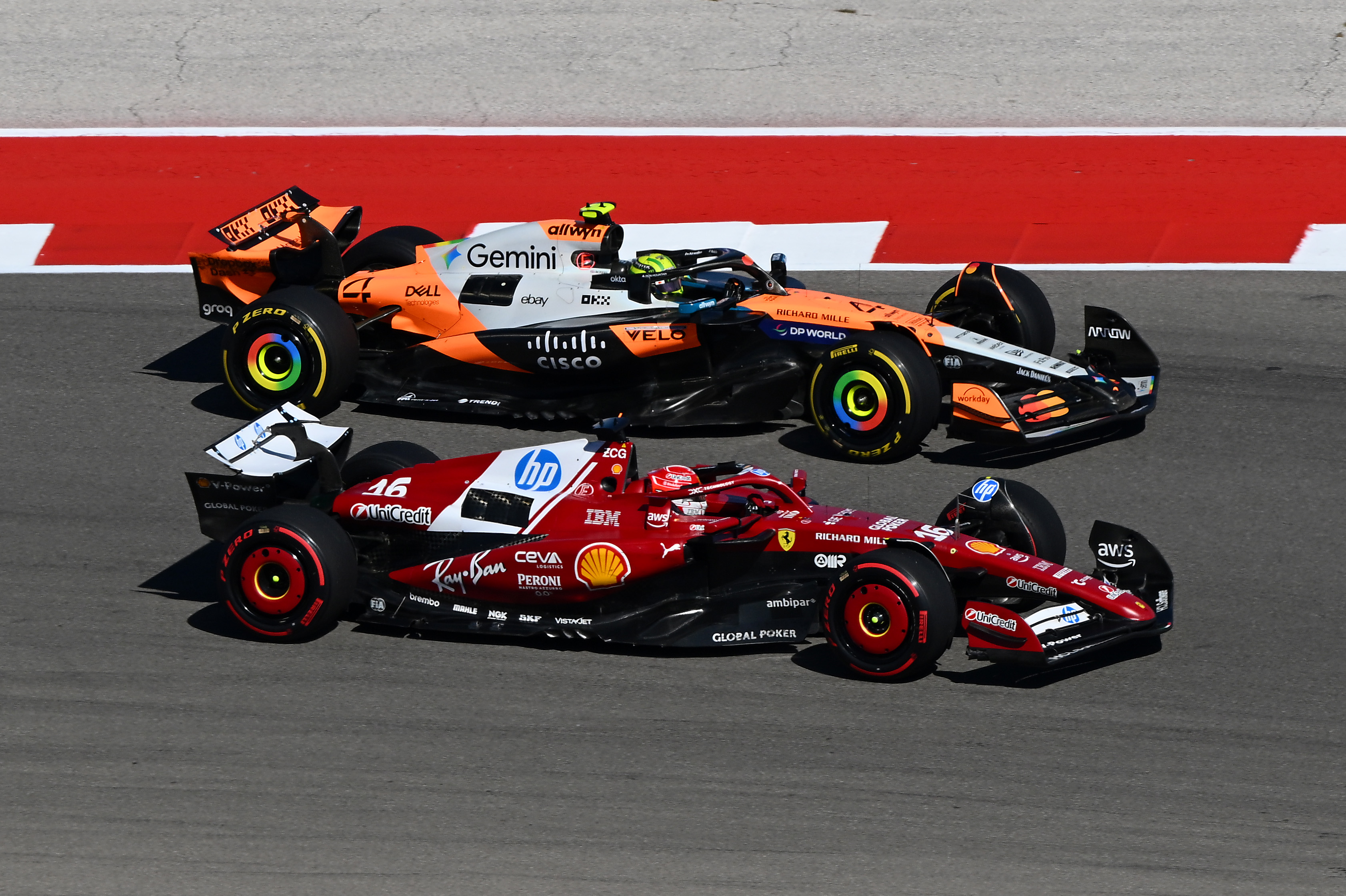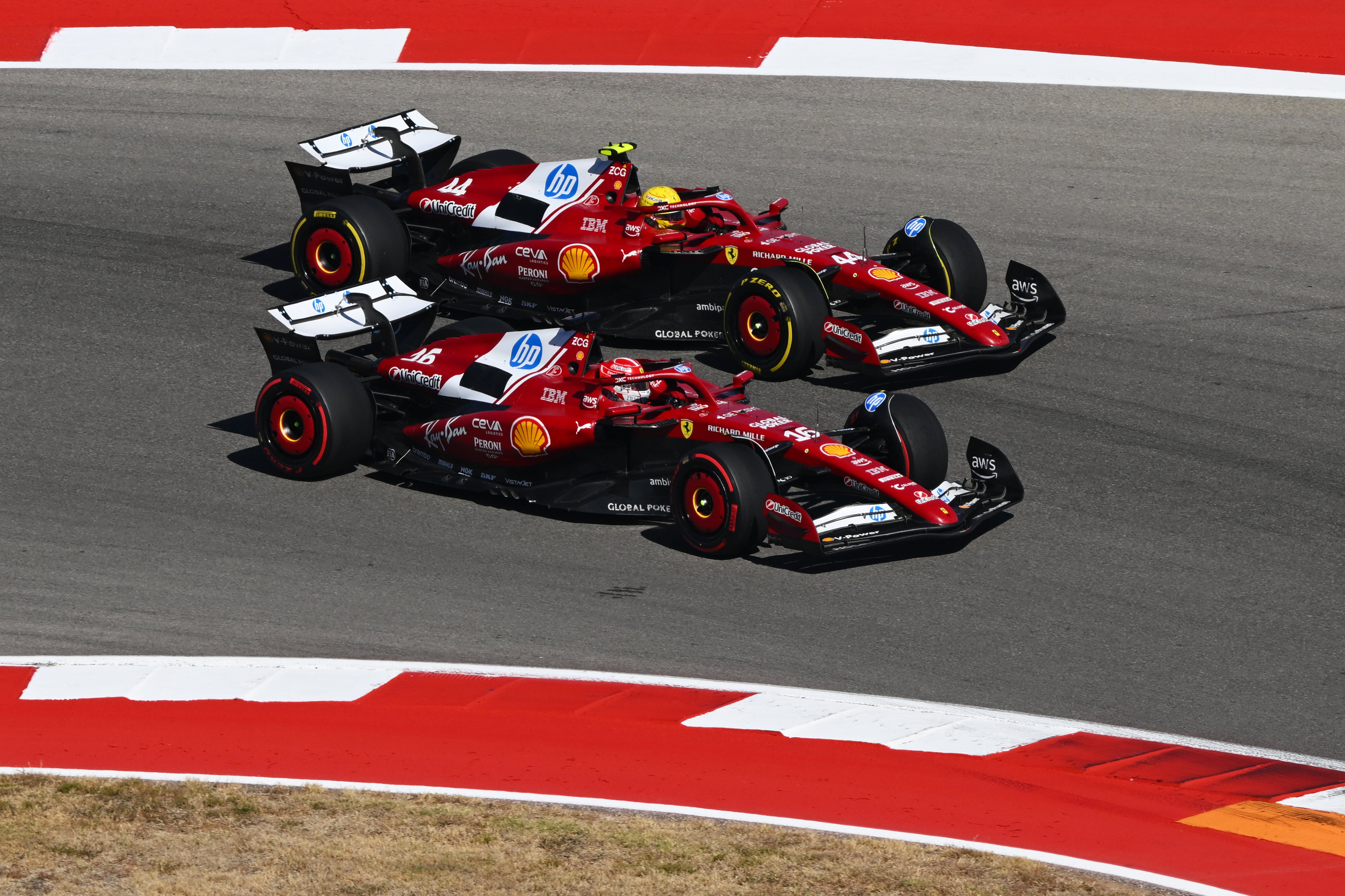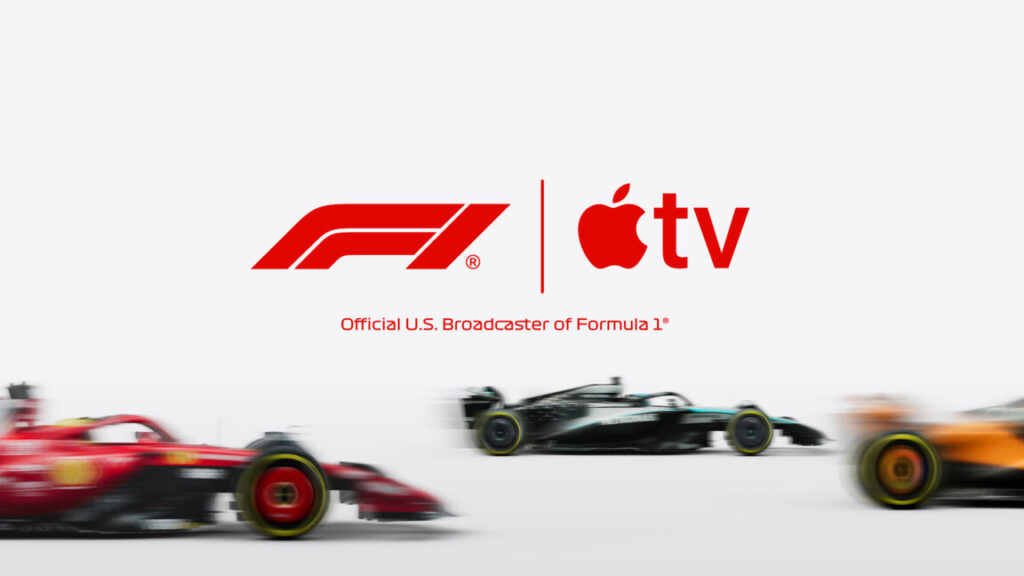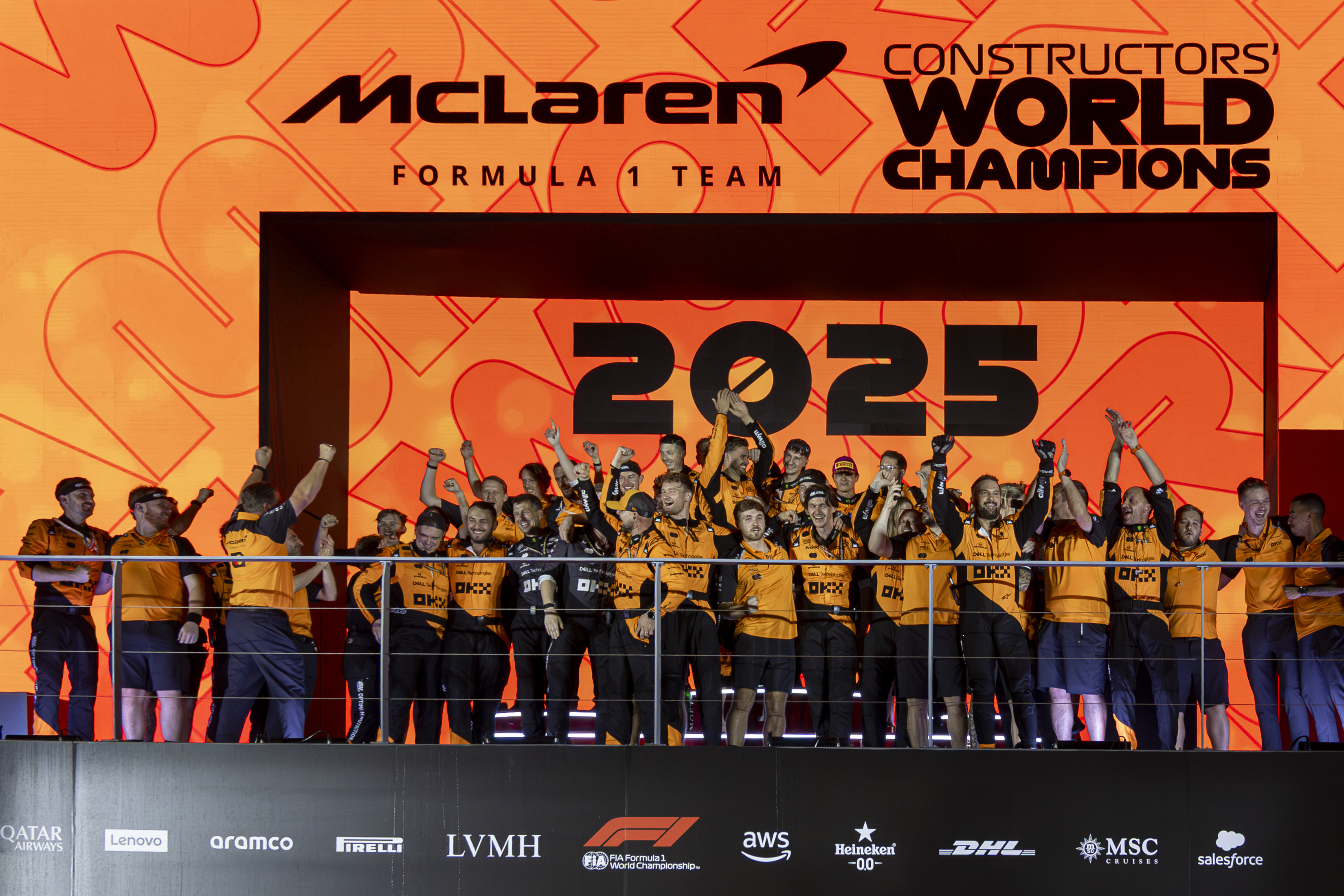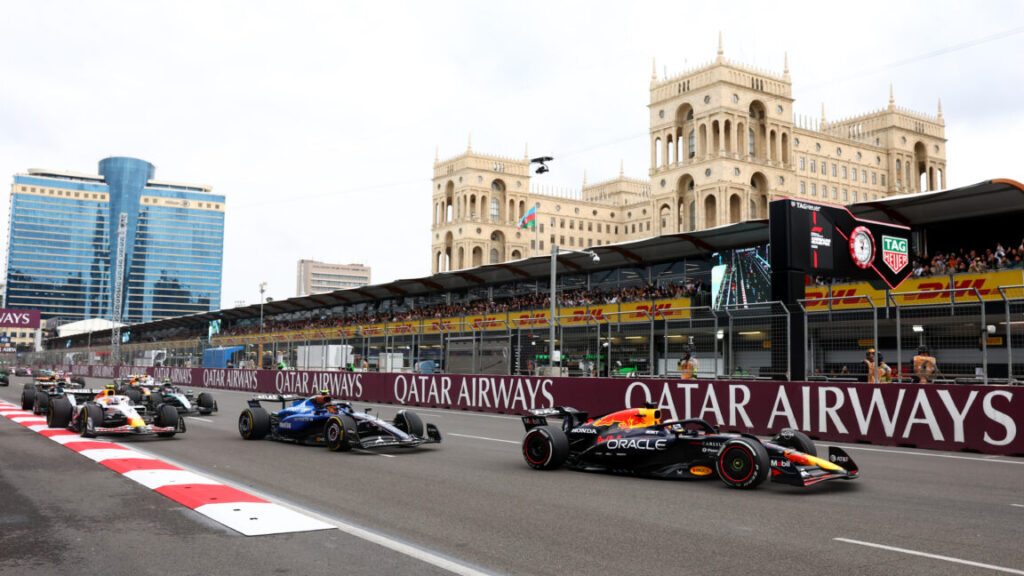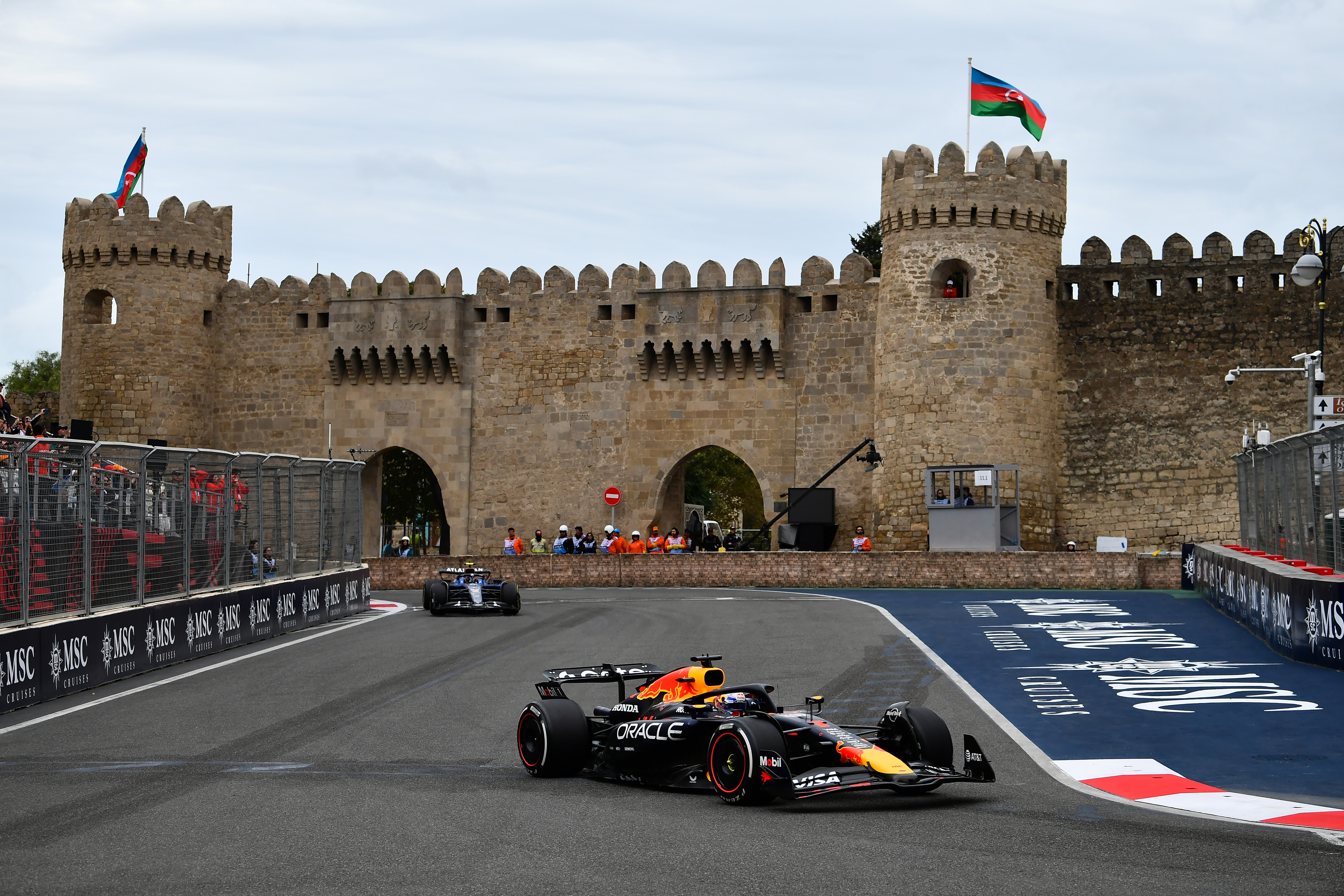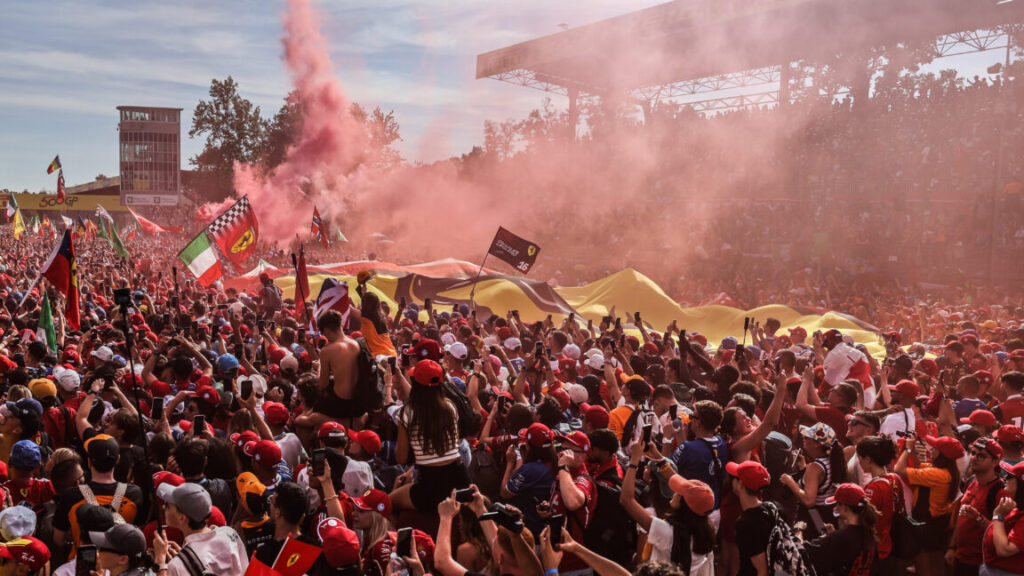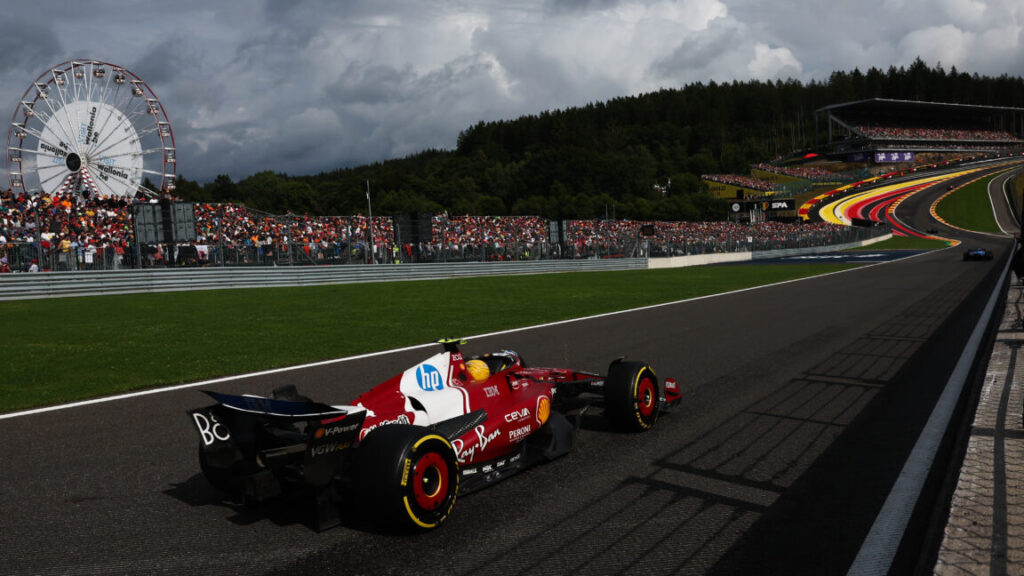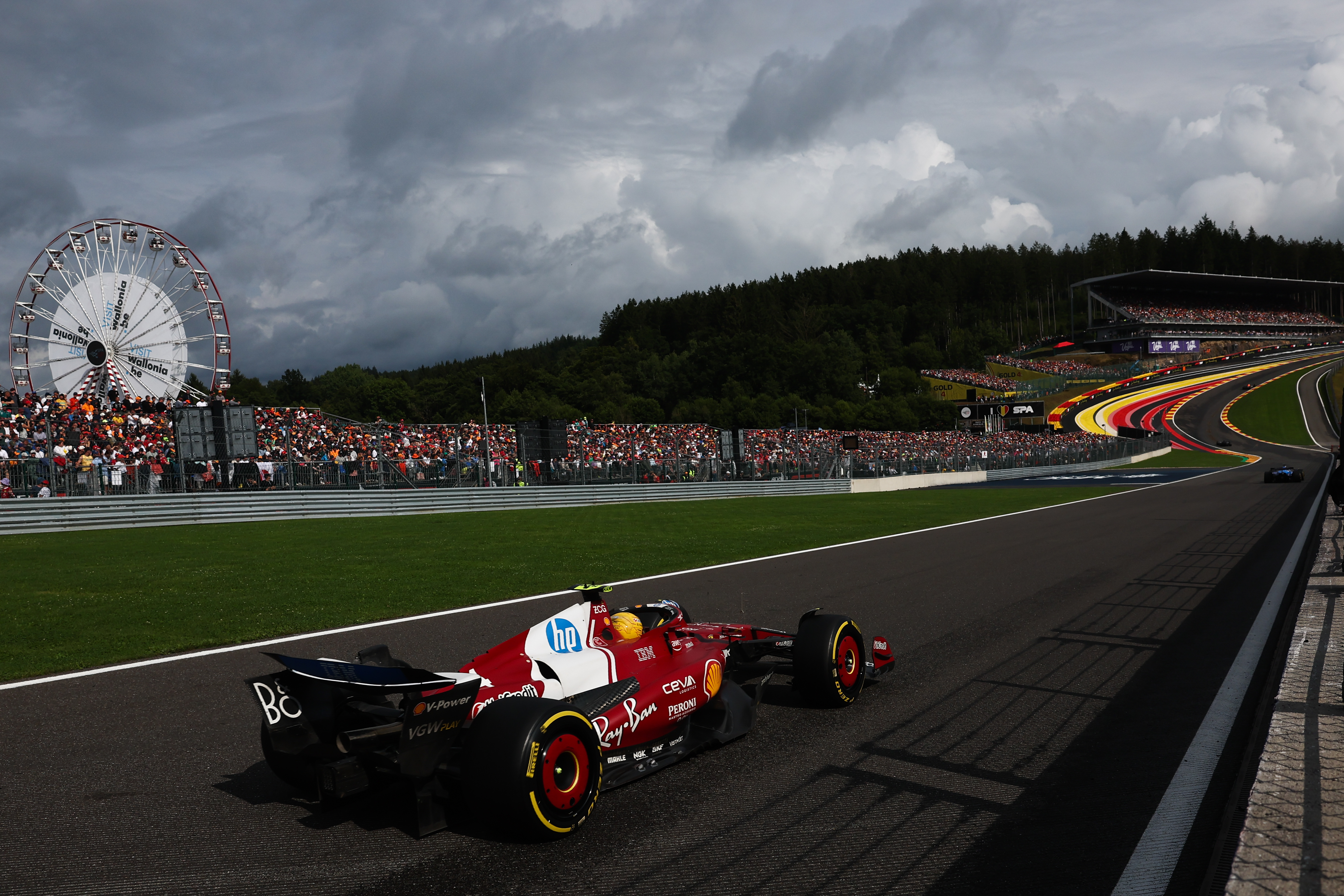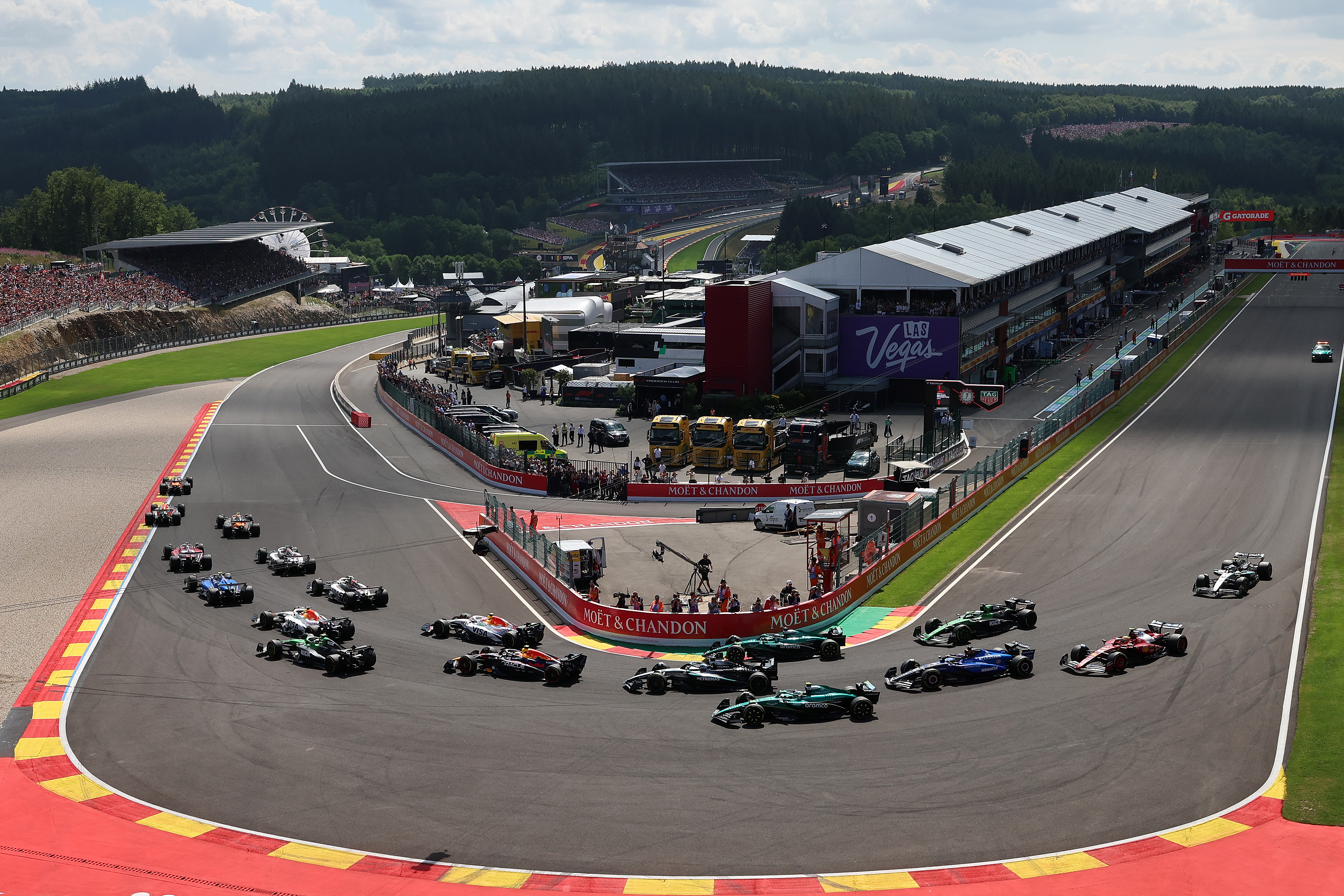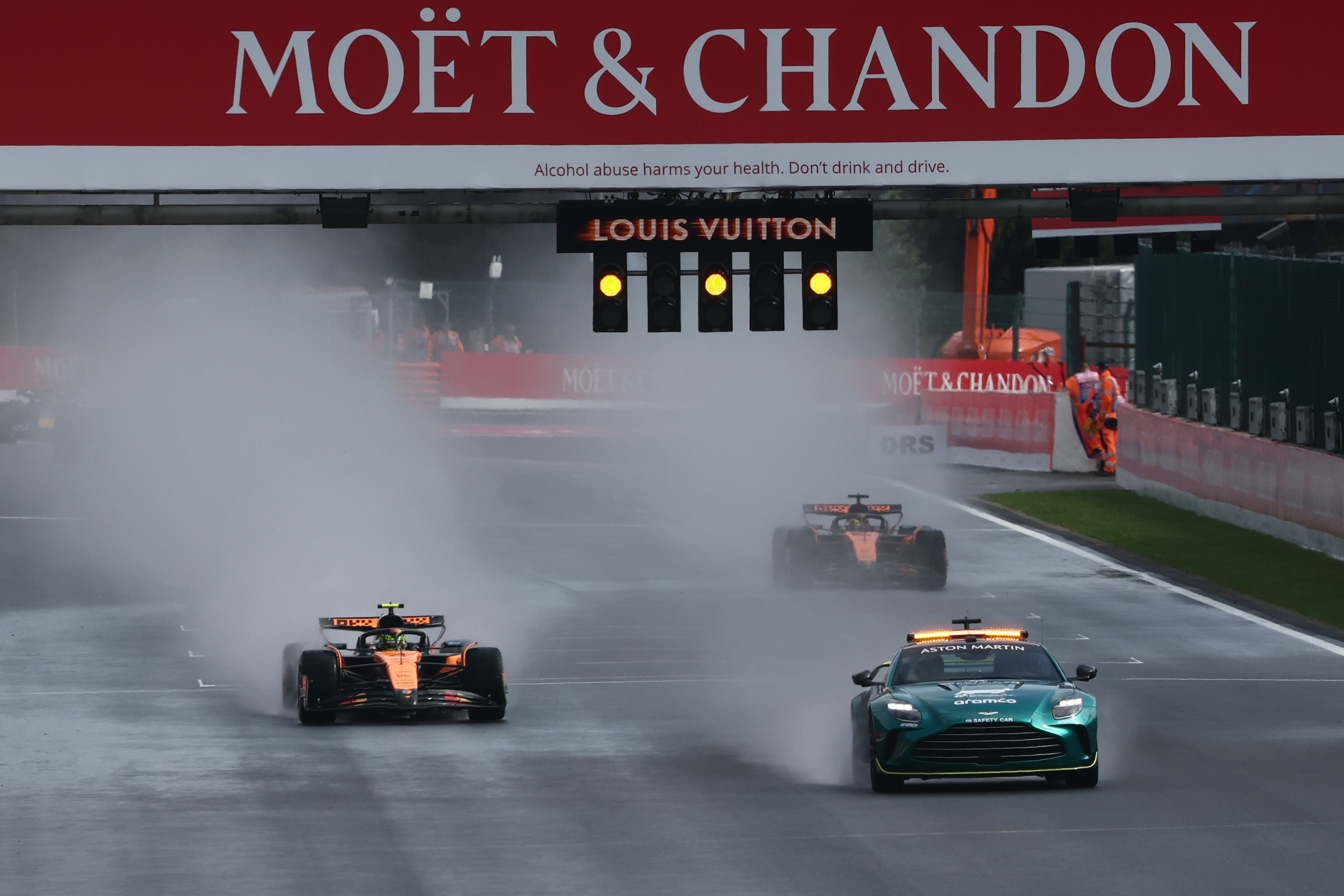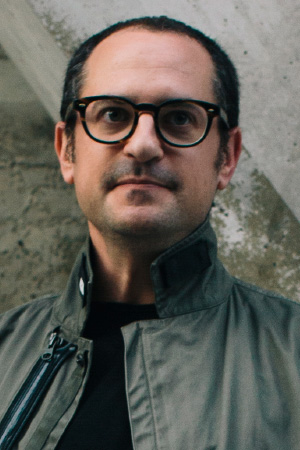F1’s new engines are causing consternation over compression ratios
Compression ratios
At issue is the engines’ compression ratio, which compares the volume of the cylinder when the piston is at top dead center with the volume when the piston is at its closest to the crank. Under the 2014–2025 rules, this was set at 18:1, but for 2026 onward, it has been reduced to 16:1.
This is measured at ambient temperature, though, not while the engine is running. A running engine is hotter—much hotter—than one sitting at ambient, and as metals heat up, they expand. The engines have very short throws, so it doesn’t take much expansion to increase the compression ratio by reducing the distance between the piston and cylinder head at the top of its travel. The benefit could be as much as 15 hp (11 kW), which translates to a few tenths of a second per lap advantage.
Unfortunately for the other teams, the FIA stated that its rules indeed specify only that the compression ratio should be 16:1 based on static conditions and at ambient temperatures. “This procedure has remained unchanged despite the reduction in the permitted ratio for the 2026 season. It is true that thermal expansion can influence dimensions, but the current rules do not provide for measurements to be carried out at elevated temperatures,” the FIA said.
So if Mercedes and Red Bull do have a horsepower advantage, it’s one that will likely be baked into the 2026 season.
The compression ratio clarification wasn’t the only one issued by the FIA. For some time now, F1 has used ultrasonic fuel flow meters as a way to control power outputs. Under the outgoing regulations, this was capped at 100 kg/h, but with the move to fully sustainable synthetic fuels, this is changing to an energy cap of 3,000 MJ/h instead.
In the past, it had been theorized that teams could try to game the fuel flow meters—the most impressive idea I heard involved pulsing more fuel between the sensor’s sampling inputs to boost power, although I don’t believe it was ever implemented.
Don’t even think about being that clever this time, the FIA says. “Any device, system, or procedure, the purpose of which is to change the temperature of the fuel-flow meter, is forbidden,” it says, updating the regulation that previously banned “intentional heating or chilling” of the fuel flow meter.
F1’s new engines are causing consternation over compression ratios Read More »


